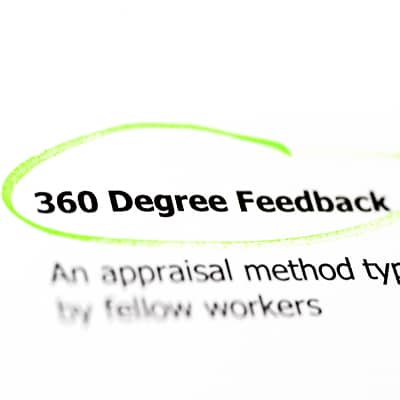Opening up a new range of possibilities
Many practice managers say that appraising their team is the task they feel least capable to perform competently, nevertheless they recognise that effective appraisals are an essential tool for quality management.
Managers become more relaxed about appraising their teams when they recognise that a performance appraisal is simply a measurement of the extent to which individual team members can do and perform the duties listed in their job descriptions. Once they have assessed this aspect of any team member’s performance, the manager can acknowledge accomplishments, and if needed, help to address areas of underperformance. In this way, the nature of the appraisal becomes much less of a subjective, interpersonal interaction; and an objective, remedial process potentially bringing benefits for all parties.
The nature of teamwork in the healthcare sector is enhanced when the appraisal process is extended from just being feedback from a manager to a junior colleague and becomes a 360 degree process, in which each person can view their contribution to the team through the eyes of their co-workers and patients.
360 Degree Feedback
360°feedback is becoming increasingly popular for development planning. This technique is widely used as part of the revalidation process for medical practitioners. The process gathers feedback from co-workers at all levels of the practice, as well as from patients, instead of only considering performance from the manager’s perspective.
This process has been shown to gather valid and honest feedback; even so there are varying ideas about the benefit of this feedback mechanism. Here are some of the stated advantages and disadvantages of using this type of feedback tool.
Advantages
- Feedback is collected from a wide range of perspectives: The range of perspectives involved means that information gathered is balanced. For example, an employee’s manager may observe them very differently from their colleagues or patients. Co-workers provide an up close and personal picture of how the employee interacts with others.
- Identifies development opportunities: Opportunities for personal and professional development can be identified through feedback. Employees should always be open to this feedback, whether it relates to their communication skills, conflict resolution skills or getting results, the need for improvements in clinical skills can be identified and incorporated into a developmental plan.
- Focuses on Core Competencies: The beauty of this technique is that it can be designed to gather feedback directly linked to the practices goals, mission and key performance criteria’s.
Disadvantages
- Feedback may not be totally honest: As with other appraisal processes, there are natural biases that can manifest through this process and affect the honesty of the reviewer. A disadvantage of this type of feedback is that it may become filtered and not completely honest.
- Grudge assessments can be hurtful: There are times when harsh comments come back and employees need a lot of training and coaching to be able to absorb the information. This is where team leaders must help team members to focus on the learning experience and not overly personalise the feedback.
- Not having enough reviewers : This kind of feedback process can be more difficult for smaller practices because there may not be a large enough pool of employees to effectively provide feedback. It is good to have 5-6 reviewers that represent as many as possible different disciplines within the practice.
Continuous improvement is not possible unless individuals want to be the best they can be, and accept that feedback provided is given to enable them to improve. By nature feedback must cover both their strengths and weaknesses. The role of the leader is to create a culture of trust within the team in which candid feedback is not perceived as a weapon to injure, but as a source of respectful and helpful guidance.






